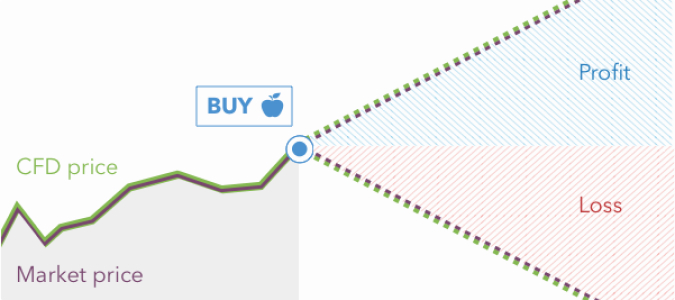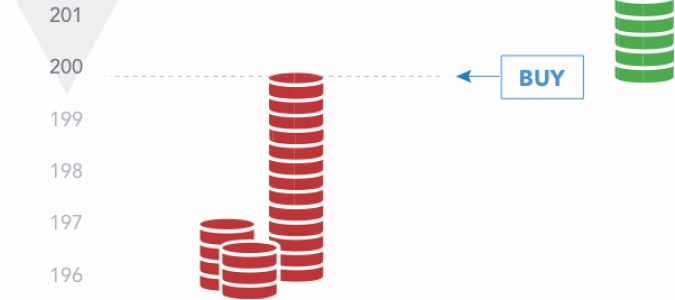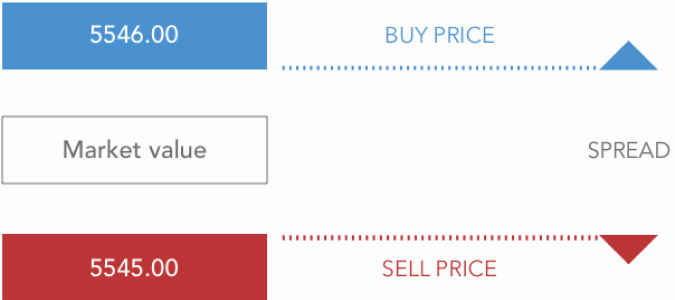What is CFD?
Lorem ipsum dolor sit amet, consectetur adipiscing elit, sed do eiusmod tempor incididunt ut labore et dolore magna aliqua. Ut enim ad minim veniam, quis nostrud exercitation ullamco laboris nisi ut aliquip ex ea commodo consequat.
Instead, when you trade a CFD, you are agreeing to exchange the difference in the price of an asset from the point at which the contract is opened to when it is closed. One of the main benefits of CFD trading is that you can speculate on price movements in either direction, with the profit or loss you make dependent on the extent to which your forecast is correct.
The sections that follow explain some of the main features and uses of contracts for difference:
- Short and long trading
- Leverage
- Margine
- Hedging
Short and long CFD trading explained
CFD trading enables you to speculate on price movements in either direction. So while you can mimic a traditional trade that profits as a market rises in price, you can also open a CFD position that will profit as the underlying market decreases in price. This is referred to as selling or ‘going short’, as opposed to buying or ‘going long’.
If you think Apple shares are going to fall in price, for example, you could sell a share CFD on the company. You’ll still exchange the difference in price between when your position is opened and when it is closed, but will earn a profit if the shares drop in price and a loss if they increase in price.
With both long and short trades, profits and losses will be realised once the position is closed

Leverage in CFD trading explained
CFD trading is leveraged, which means you can gain exposure to a large position without having to commit the full cost at the outset. Say you wanted to open a position equivalent to 500 Apple shares. With a standard trade, that would mean paying the full cost of the shares upfront. With a contract for difference, on the other hand, you might only have to put up 5% of the cost.
While leverage enables you to spread your capital further, it is important to keep in mind that your profit or loss will still be calculated on the full size of your position. In our example, that would be the difference in the price of 500 Apple shares from the point you opened the trade to the point you closed it. That means both profits and losses can be hugely magnified compared to your outlay, and that losses can exceed deposits. For this reason, it is important to pay attention to the leverage ratio and make sure that you are trading within your means.
Margin explained
Leveraged trading is sometimes referred to as ‘trading on margin’ because the funds required to open and maintain a position – the ‘margin’ – represent only a fraction of its total size.
When trading CFDs, there are two types of margin. A deposit margin is required to open a position, while a maintenance margin may be required if your trade gets close to incurring losses that the deposit margin – and any additional funds in your account – will not cover. If this happens, you may get a margin call from your provider asking you to top up the funds in your account. If you don’t add sufficient funds, the position may be closed and any losses incurred will be realised.
Hedging with CFDs explained

For example, if you believed that some ABC Limited shares in your portfolio could suffer a short-term dip in value as a result of a disappointing earnings report, you could offset some of the potential loss by going short on the market through a CFD trade. If you did decide to hedge your risk in this way, any drop in the value of the ABC Limited shares in your portfolio would be offset by a gain in your short CFD trade.
How do CFDs work?
Now you understand what contracts for difference are, it’s time to take a look at how they work. Here we explain four of the key concepts behind CFD trading: spreads, deal sizes, durations and profit/loss.
Spread and commission
CFD prices are quoted in two prices: the buy price and the sell price.
- The sell price (or bid price) is the price at which you can open a short CFD
- The buy price (or offer price) is the price at which you can open a long CFD
Sell prices will always be slightly lower than the current market price, and buy prices will be slightly higher. The difference between the two prices is referred to as the spread.

Most of the time, the cost to open a CFD position is covered in the spread: meaning that buy and sell prices will be adjusted to reflect the cost of making the trade.
The exception to this is our share CFDs, which are not charged via the spread. Instead, our buy and sell prices match the price of the underlying market and the charge for opening a share CFD position is commission-based. By using commission, the act of speculating on share prices with a CFD is closer to buying and selling shares in the market.
Deal Size
CFDs are traded in standardised contracts (lots). The size of an individual contract varies depending on the underlying asset being traded, often mimicking how that asset is traded on the market.
Silver, for example, is traded on commodity exchanges in lots of 5000 troy ounces, and its equivalent contract for difference also has a value of 5000 troy ounces. For share CFDs, the contract size is usually representative of one share in the company you are trading. To open a position that mimics buying 500 shares of HSBC, you’d buy 500 HSBC CFD contracts.
This is another way in which CFD trading is more similar to traditional trading than other derivatives, such as options.
Duration
Most CFD trades have no fixed expiry – unlike options. Instead, a position is closed by placing a trade in the opposite direction to the one that opened it. A buy position of 500 gold contracts, for instance, would be closed by selling 500 gold contracts.
If you keep a daily CFD position open past the daily cut-off time (typically 10pm UK time, although this may vary for international markets), you’ll be charged an overnight funding charge. The cost reflects the cost of the capital your provider has in effect lent you in order to open a leveraged trade.
This isn’t always the case though, with the main exception being a forward contract. A forward contract has an expiry date at some point in the future, and has all overnight funding charges already included in the spread.
Profit and Loss
To calculate the profit or loss earned from a CFD trade, you multiply the deal size of the position (total number of contracts) by the value of each contract (expressed per point of movement). You then multiply that figure by the difference in points between the price when you opened the contract and when you closed it.
Profit or loss
=
(no. of contracts x value of each contract)
x (closing price – opening price)
For a full calculation of the profit or loss from a trade, you’d also subtract any charges or fees you paid. These could be overnight funding charges, commission or guaranteed stop fees.
Say, for instance, that you buy 50 FTSE 100 contracts when the buy price is 7500.0. A single FTSE 100 contract is equal to a $10 per point, so for each point of upward movement you would make $500 and for each point of downward movement you would lose $500 (50 contracts multiplied by $10).
If you sell when the FTSE 100 is trading at 7505.0, your profit would be $2500
2500 = (50 x 10) x (7505.0 – 7500.0)
If you sell when the FTSE 100 is trading at 7497.0, your loss would be $1500
-1500 = (50 x 10) x (7497.0 – 7500.0)